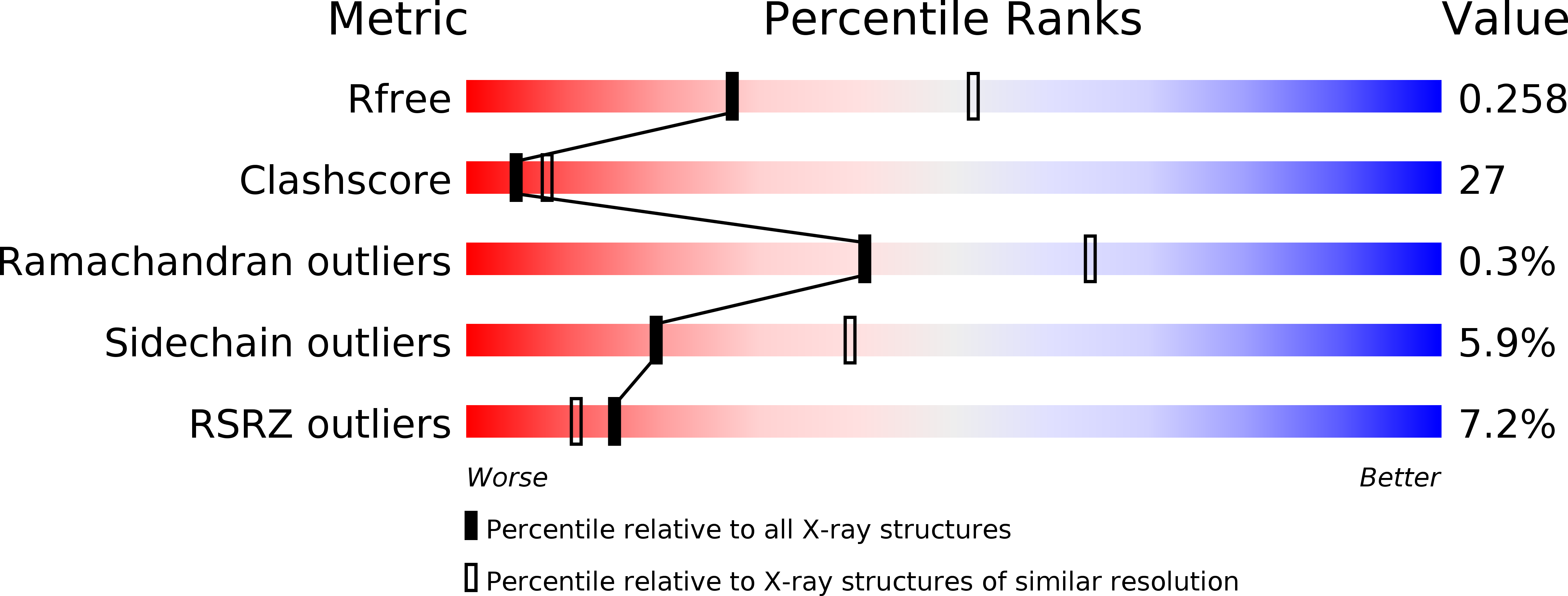
Deposition Date
2012-05-23
Release Date
2013-06-12
Last Version Date
2024-02-28
Entry Detail
PDB ID:
4FBU
Keywords:
Title:
Dpo4 polymerase pre-insertion binary complex with the N-(deoxyguanosin-8-yl)-1-aminopyrene lesion
Biological Source:
Source Organism:
Sulfolobus solfataricus (Taxon ID: 273057)
Host Organism:
Method Details:
Experimental Method:
Resolution:
2.60 Å
R-Value Free:
0.26
R-Value Work:
0.21
R-Value Observed:
0.21
Space Group:
P 1 21 1


